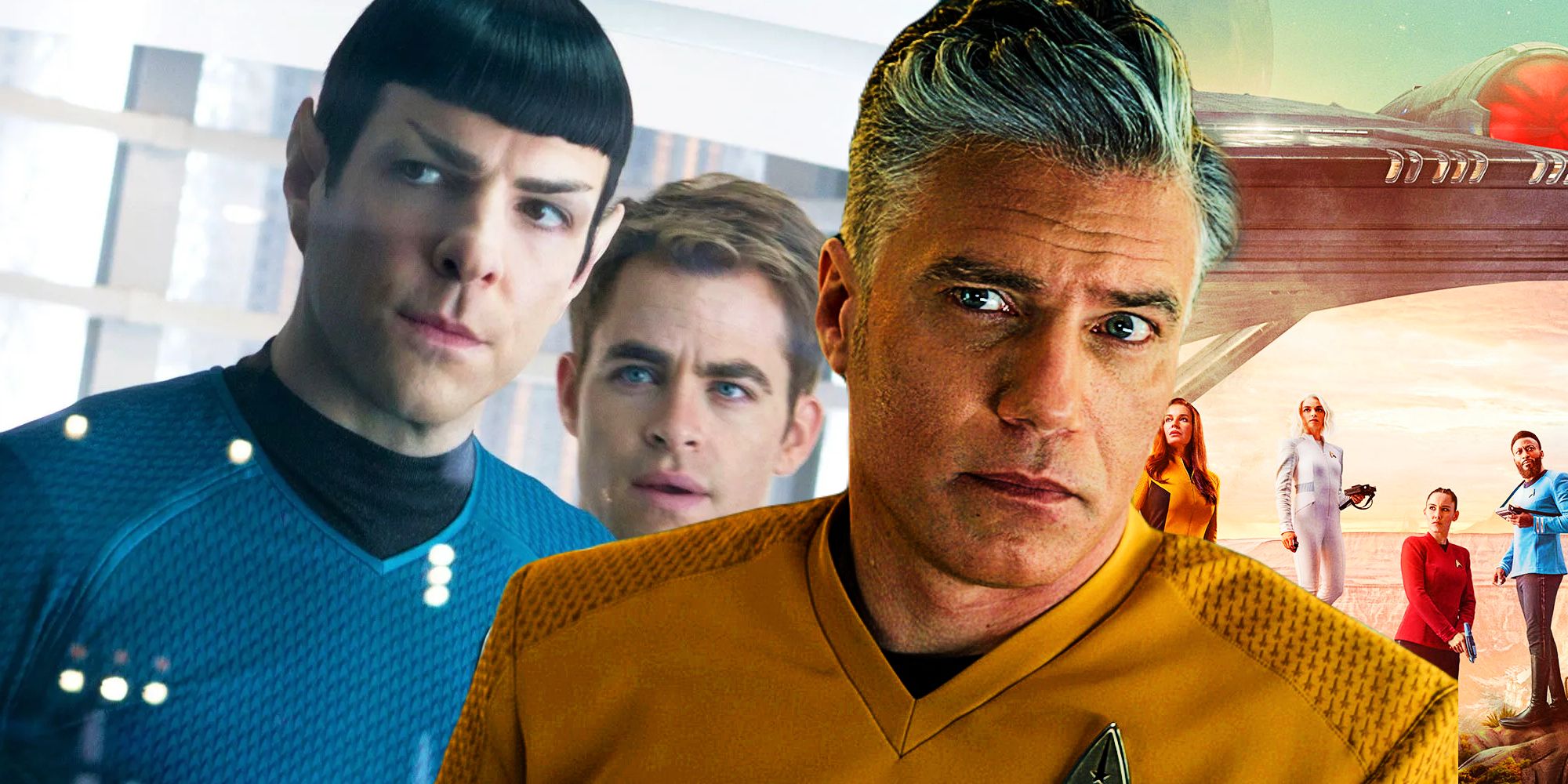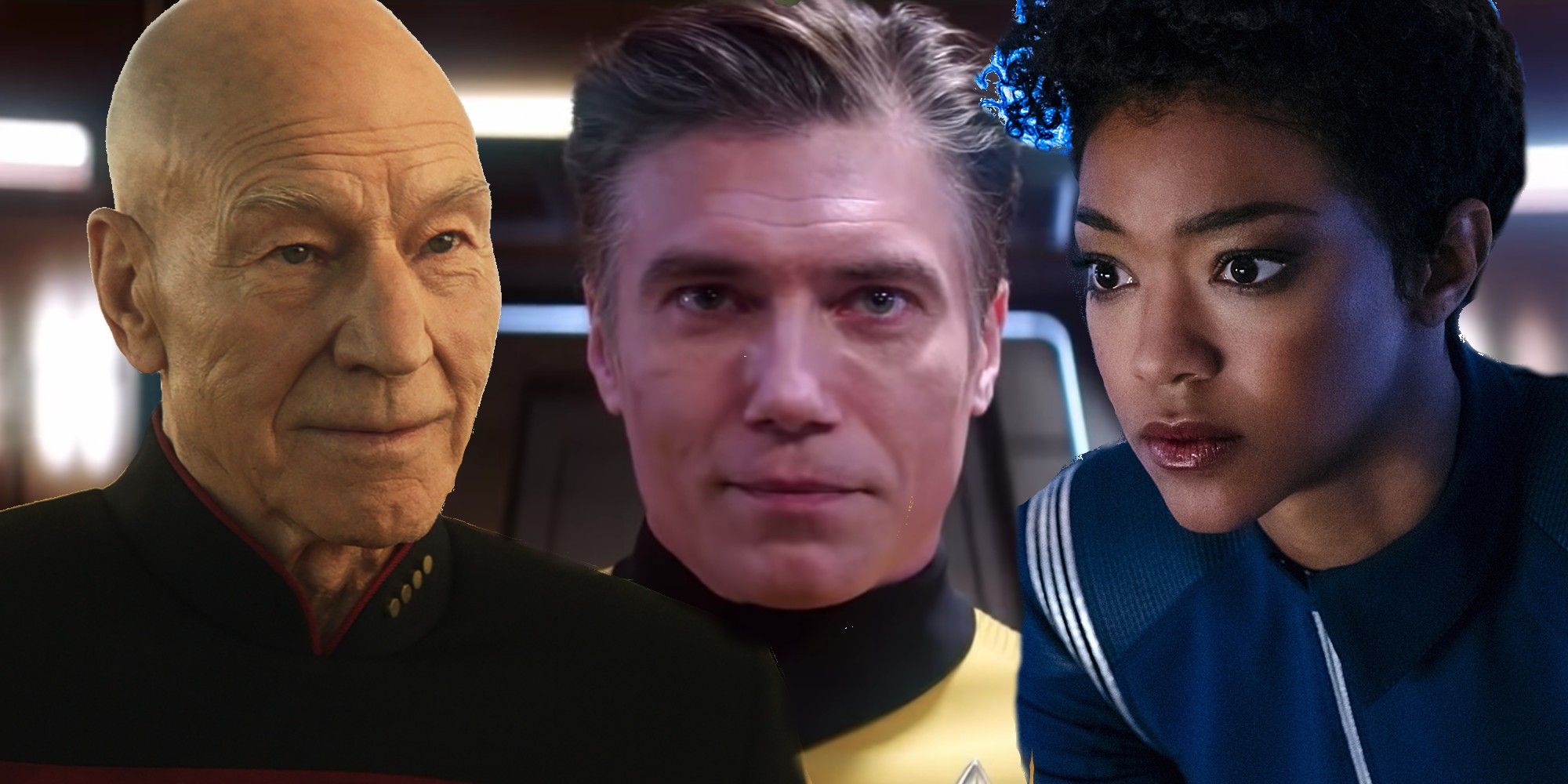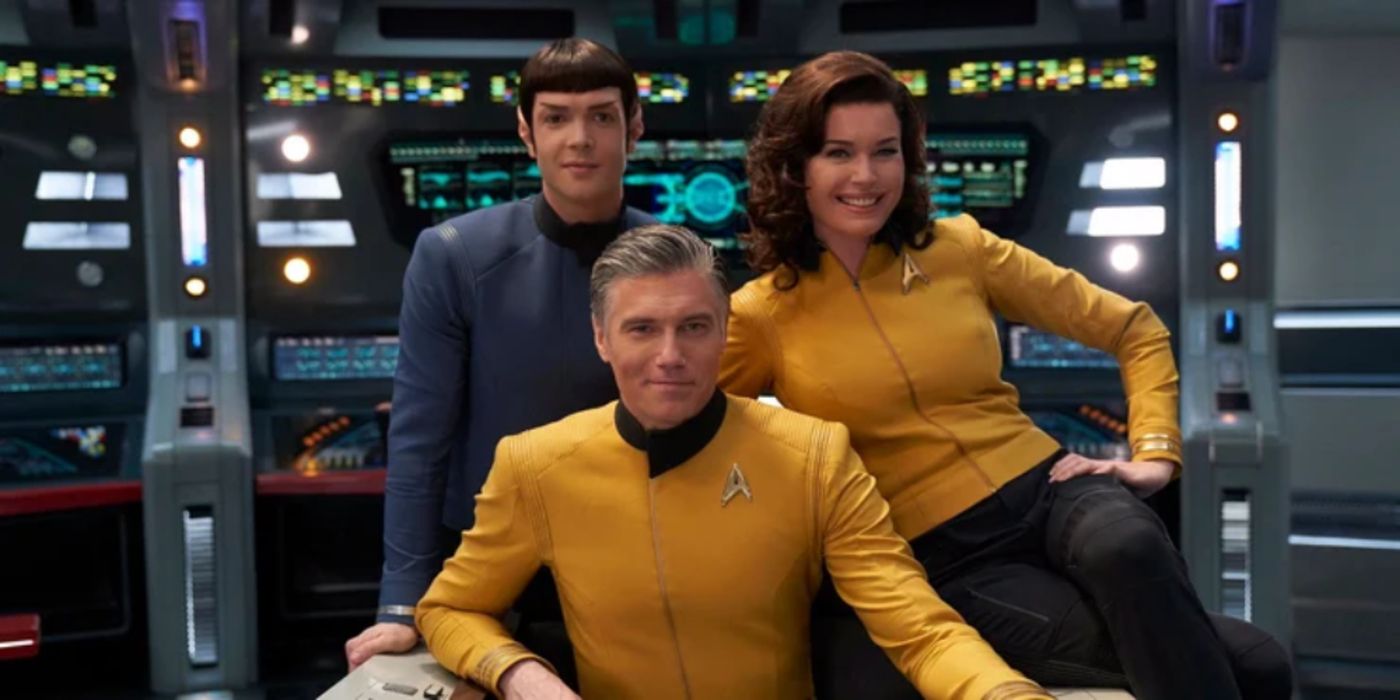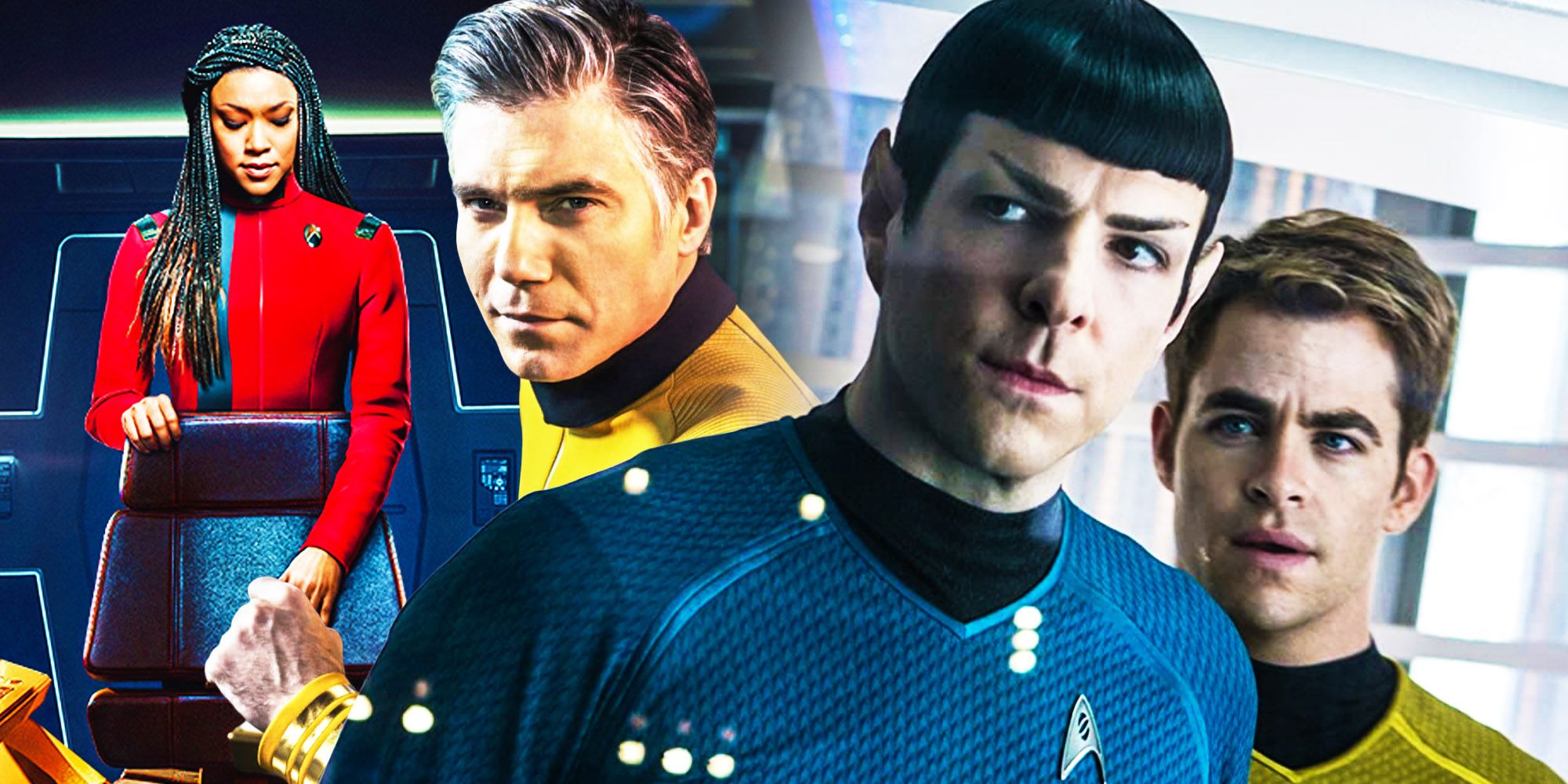Star Trek: Strange New Worlds currently holds a 98% score on Rotten Tomatoes, and the success of the new Paramount+ show can make Star Trek 4's mission even more difficult. Five years after Star Trek: Discovery began a new era of Star Trek on television, a new spin-off series closer to the events of Star Trek: The Original Series was launched, featuring Anson Mount as Captain Pike. At the same time, taking many by surprise, Star Trek 4 was announced and is expected to bring back the original cast that includes Chris Pine, Zoe Saldana, and Zachary Quinto. Whether in the Star Trek Prime timeline or in the Kelvin one, there will be no shortage of options for Star Trek content going forward.
Six years after Star Trek: Beyond, the third film in the modern Star Trek movie franchise, it would seem that Star Trek 4 was no longer being considered. However, as part of Paramount+'s slate for movies and streaming series in the upcoming years, Star Trek 4 was revived and is now a much more feasible project than it was a couple of years ago. No director has been announced yet, but filming is expected to start in late 2022. Given how long it has been since the Star Trek: Beyond, it is hard to predict what the story of Star Trek 4 will be, but it could show the Kelvin timeline crew's biggest adventures in the five-years mission.
As much as Star Trek 4 finally happening can be exciting, it will be hard for the movie to avoid comparisons with Star Trek's new television era, especially with Star Trek: Strange New Worlds. While Star Trek: Discovery went for a different, more modern drama type of show, its spin-off Strange New Worlds is much closer to Star Trek: The Original Series – both in timeframe and format. The episodic structure of Strange New Worlds, with a focus on exploration rather than on action, is proving to be the right creative choice as the show is being reviewed as some of the best, if not the best, piece of modern Star Trek content. Given how 2009's Star Trek and its sequels were met with a lot of criticism for trying to emulate an action-packed blockbuster film dynamic, something that does not always work for a Star Trek story, the great reception of Strange New Worlds and its familiar tone can be a reminder of the classic Star Trek feeling and add even more pressure into Star Trek 4.
How The Star Trek Franchise Changed Since The J.J. Abrams Films
Before Star Trek (2009), the last live-action Star Trek production had been Star Trek: Enterprise, which premiered in 2001 and was canceled in 2005. In an attempt to revitalize the saga and launch Star Trek to a new audience, J.J. Abrams was chosen to helm a Star Trek movie reboot – one that would show how the famous Kirk-led Enterprise crew got together but in a different universe from the shows. Despite the constant comparisons with the TV shows, J.J. Abrams's Kelvin timeline Star Trek succeeded in its mission and received two sequels, Star Trek: Into Darkness and Star Trek: Beyond. The third film, however, did less than both of its predecessors, and no fourth Star Trek film immediately followed. In 2017, a year after Beyond was released, Star Trek went back to its TV roots. As part of the constant quest by the major studios and networks for exclusive content for their streaming platforms, Star Trek: Discovery premiered on CBS All Access – which would later be rebranded as Paramount+.
With a high production value and a great cast, Star Trek: Discovery became a streaming hit even before Paramount+ was launched globally, with Netflix distributing the show in other key markets. Three years later, prompted by the success of Discovery, a new series, Star Trek: Picard, brought Patrick Stewart back for a story set decades after the events of Star Trek: The Next Generation. In 2022, Star Trek: Strange New Worlds, a spin-off of Discovery featuring names like Captain Pike and Spock, premiered to outstanding reviews.
Why Star Trek: Strange New Worlds' Reviews Are So Good
While Star Trek: Discovery had its ups and downs, Star Trek: Strange New Worlds is so far being received with almost universal praise. A sort of tie-in between Discovery and The Original Series, Strange New Worlds follows the Enterprise a few years before Kirk becomes captain, and a lot of familiar faces like Spock and Number One, the latter having appeared in the original Star Trek pilot. This sense of familiarity and nostalgia would naturally make Strange New Worlds a great watch for those who have seen The Original Series, and it even answers some TOS mysteries such as Number One's origins but that is not the only reason why the show is being well-reviewed. The episodic structure, which The Original Series did so well, is not something easy to pull out at a time when cinematic, binge-worthy shows are so popular, but Star Trek: Strange New Worlds is so far nailing that format.
Strange New World's Success Makes Star Trek 4's Mission More Difficult
For sagas as long and popular as Star Trek, crafting an installment that checks all the boxes and panders to both new and old audiences is not easy. The J.J. Abrams-produced Star Trek films struggled on that matter, and a return to the Star Trek Kelvin timeline after Beyond's poor box office results always seemed difficult. Not only Star Trek 4 will have to deal with the long delay and the consequent skepticism, but it will also be compared to the current era of Stark Trek for streaming, more specifically, with Strange New Worlds.
Spock and Kirk will soon meet in Strange New Worlds as the most famous Enterprise captain is already cast for season 2, and thus comparisons between the show and the Kelvin timeline will be even more inevitable. Star Trek: Strange New Worlds and all the other recent Star Trek shows also have the advantage of being canon to the Star Trek Prime timeline, meaning that they might sound more interesting to audiences who want to start following the saga than Star Trek 4. Picking up a movie franchise more than six years after the last installment is risky, especially when the overall saga continues through other formats, and that is why Star Trek 4 will have to be a really well-put-together film in other to work.




